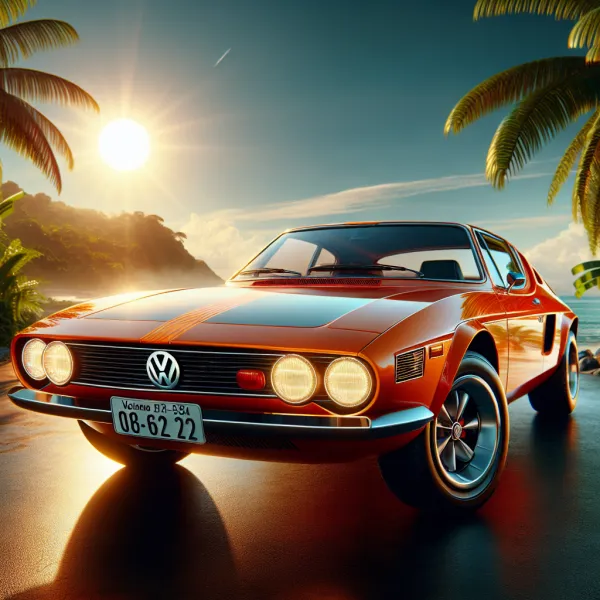The Volkswagen SP2: A Timeless Classic That Defined an Era
The Volkswagen SP2: A Timeless Classic That Defined an Era
The 1970s were a transformative decade for the automotive industry, and one car that stood out during this period was the Volkswagen SP2. Designed and manufactured in Brazil, the SP2 was a bold departure from Volkswagen's traditional lineup, showcasing the brand's ability to innovate and adapt to regional markets. Today, it remains a cult classic, celebrated by car enthusiasts around the world.
The Birth of the Volkswagen SP2
In the early 1970s, Volkswagen Brazil sought to create a sports car that would cater to the growing demand for stylish and performance-oriented vehicles. The result was the SP2, a sleek and aerodynamic coupe that combined European design sensibilities with Brazilian flair. Introduced in 1972, the SP2 was based on the Volkswagen Type 3 platform and featured a rear-mounted air-cooled engine.
The name SP stood for São Paulo, the state where the car was developed, and it also symbolized Sport Prototype. The SP2 was an evolution of its predecessor, the SP1, which had limited success due to its underpowered engine. With the SP2, Volkswagen aimed to address these shortcomings and deliver a car that was both visually stunning and enjoyable to drive.
Design and Features
The Volkswagen SP2 was a head-turner, thanks to its low-slung profile, long hood, and fastback rear. Its design was heavily influenced by European sports cars of the era, but it retained a unique identity that set it apart from its competitors. The interior was equally impressive, featuring a driver-focused cockpit, high-quality materials, and a minimalist yet functional layout.
Under the hood, the SP2 was powered by a 1.7-liter flat-four engine that produced 75 horsepower. While this may not seem like much by today's standards, it was sufficient to give the car a top speed of around 100 mph (160 km/h). The SP2's lightweight construction and well-tuned suspension made it a joy to drive, particularly on winding roads.
Challenges and Legacy
Despite its striking design and solid performance, the Volkswagen SP2 faced several challenges during its production run. One of the main issues was its relatively high price, which made it inaccessible to many Brazilian consumers. Additionally, the car's modest engine output limited its appeal in international markets, where more powerful sports cars were readily available.
Production of the SP2 ceased in 1976, with only around 10,000 units built. However, its limited production numbers and distinctive design have made it a sought-after collector's item in recent years. Enthusiasts and collectors alike appreciate the SP2 for its rarity, historical significance, and timeless aesthetics.
Why the Volkswagen SP2 Still Matters
The Volkswagen SP2 is more than just a car; it's a symbol of innovation and ambition. It represents a time when Volkswagen dared to step outside its comfort zone and create something truly unique. For Brazilian car enthusiasts, the SP2 is a source of pride, as it showcases the country's ability to produce world-class vehicles.
Today, the SP2 is celebrated at classic car shows and events, where it continues to captivate audiences with its striking design and rich history. Its enduring appeal serves as a reminder of the importance of creativity and boldness in the automotive industry.
The SP2 is a masterpiece of Brazilian automotive design, and its legacy will continue to inspire future generations of car enthusiasts. – Classic Car Magazine
Conclusion
The Volkswagen SP2 may not have been a commercial success during its time, but its impact on the automotive world is undeniable. As a rare gem from Volkswagen's history, it remains a testament to the brand's ability to innovate and adapt. Whether you're a car enthusiast, a collector, or simply someone who appreciates beautiful design, the SP2 is a car worth celebrating.
